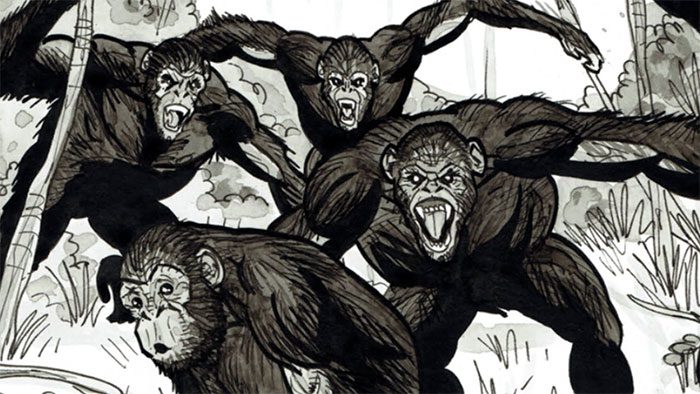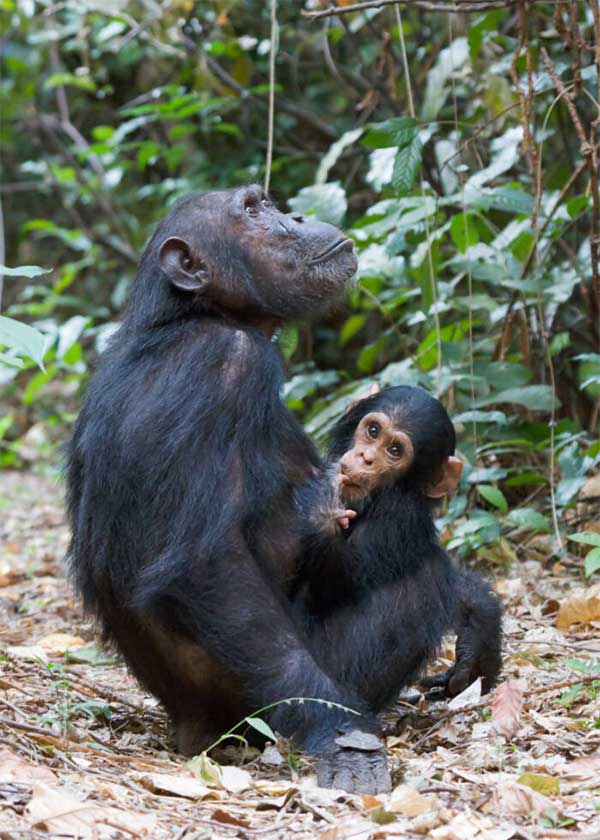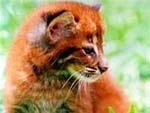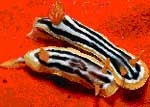Deep in the Congo rainforest of Africa, it is said that a population of giant apes with incredibly savage behavior dominates the area.
Known as the Bondo ape or Bili ape, many locals have reported sighting this mysterious creature. They are said to walk on two legs, are the size of an adult man, and nest on the ground like gorillas.
They are believed to be a highly aggressive species, infamous for being capable of killing lions. Some suggest that they are an entirely new species of ape, while others believe they are hybrids between gorillas and chimpanzees.
Shocking reports about the Bondo ape have circulated for decades. While it is evident that something intriguing is happening with the large ape species in the Congo rainforest, it seems that many of these reports have exaggerated the truth and added sensational details. Like many stories of this kind, the tale of the Bili ape may be a blend of fact and fiction.
One of the first scientific efforts to track down this mysterious ape was undertaken in 1996 by Karl Ammann, a Swiss photographer and conservationist in Kenya. According to reports, Ammann came across some skulls preserved at the Royal Museum for Central Africa in Belgium. These skulls had been collected by Belgian colonizers in the past, from a site near the town of Bili in the northern Democratic Republic of Congo, about 200 kilometers east of the Ebola River.
On these skulls, there was a prominent ridge in the middle, similar to that of a gorilla’s skull. However, strangely, other aspects of the shape and size of the skull resembled that of a chimpanzee, coupled with the fact that no gorilla populations are known to live in the area where they were collected.

They are a very large species with flat faces and straight brows.
Thus, Ammann suspected that this could be an entirely new species and ventured into the northern Democratic Republic of Congo to investigate. There, Ammann spoke with local hunters who told him about witnessing giant apes killing lions and seemingly being immune to poisoned darts.
Even more frightening, these strange creatures were reported to emit howls during the full moon. Ammann also purchased photographs from locals, showing hunters appearing bewildered by the immense size of the ape they had hunted.
Although Ammann’s trip collected a few pieces of evidence, such as some unusually large chimpanzee feces and foot prints larger than those of a gorilla, in reality, Ammann still did not gather any convincing evidence of the Bili ape.
Another effort to identify this mysterious ape took place in the summer of 2002 and 2003. One of the researchers on the expedition was Dr. Shelly Williams, who reportedly returned from a trip to the Democratic Republic of Congo stating:
“They are a very large species with flat faces, and straighter brows compared to gorillas. They gather in groups of 2 to 3 individuals to nest on the ground, while others in the troop will nest on low branches nearby. They emit distinctive sounds resembling howls and are louder during the full moon.” She argued that this ape could be a new species unknown to science, a new subspecies of chimpanzee, or a hybrid between gorillas and chimpanzees.
However, in the following years, these bold claims were suspected to be fabricated. A few years later, primatologist Dr. Cleve Hicks and his team actually observed what was believed to be the Bili ape for at least 20 hours in the wild.
According to a report from New Scientist in 2006, Hicks argued that they were almost certainly not a new ape species, nor even a new subspecies, but simply an interesting population of chimpanzees. DNA extracted from fecal samples confirmed this and indicated that these animals could actually be eastern chimpanzees (scientific name: Pan troglodytes schweinfurthii, a common chimpanzee species native to Central African Republic, South Sudan, Democratic Republic of Congo, Uganda, Rwanda, Burundi, and Tanzania).
“Genetically, they are not even a subspecies. But behaviorally, we may be witnessing the beginning of a divergence from the norms of chimpanzees. We could really be capturing evolutionary changes in this species.”, Hicks explained.

Researchers identified that the creature referred to as the Bondo ape is actually eastern chimpanzees. (Image: Wikimedia Commons).
Hicks and other researchers recorded unique behaviors in these chimpanzees and noted that a significant portion of them had grown to sizes much larger than typical chimpanzees. Like gorillas, they have a ridge on their skulls and have been observed breaking open termite mounds and using rocks to crack open turtle shells. Contrary to Williams’ claims, the female Bili chimpanzees actually exhibit swelling of their genitalia similar to other chimpanzee species.
They also often choose to nest on the ground rather than in trees, despite the threat from predators like lions and leopards. The research team even observed them eating a leopard carcass. But ultimately, they are still chimpanzees. Although local legends claim that the Bondo ape can walk on two legs or kill lions, both claims have never been substantiated.
Hicks told The Guardian: “I don’t like to describe them as more aggressive. The ground nests are very large, and it’s clear that something very unusual is happening there.”
However, Hicks’ research suggests that the chimpanzee population in Bili is quite unusual. They indeed possess a skull ridge similar to that of a gorilla and nest on the ground. It has also been reported that they have been seen breaking termite mounds and using a stone as a hammer to crack open turtle shells, which is not typical chimpanzee behavior.
As for the claims of lion hunting and walking on two legs, those assertions have never been verified. On the other hand, the behavior of the Bili-Uéré chimpanzees remains not fully understood, especially as the area has been the target of several wars over the past decades, disrupting conservation efforts.
In the end, the true story of the Bondo ape is not about the discovery of a new ape species but rather a fascinating glimpse into a unique isolated group of chimpanzees creating their own society.





















































